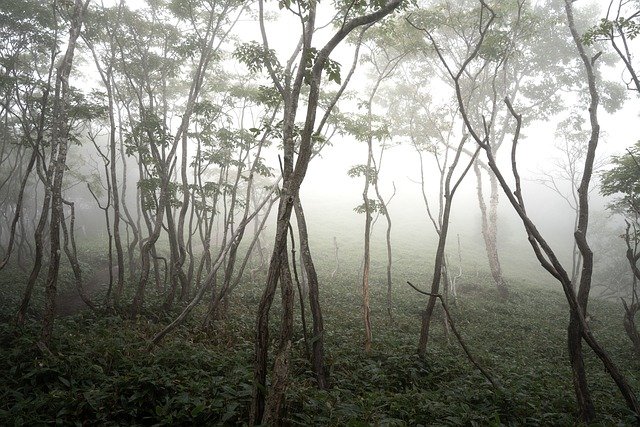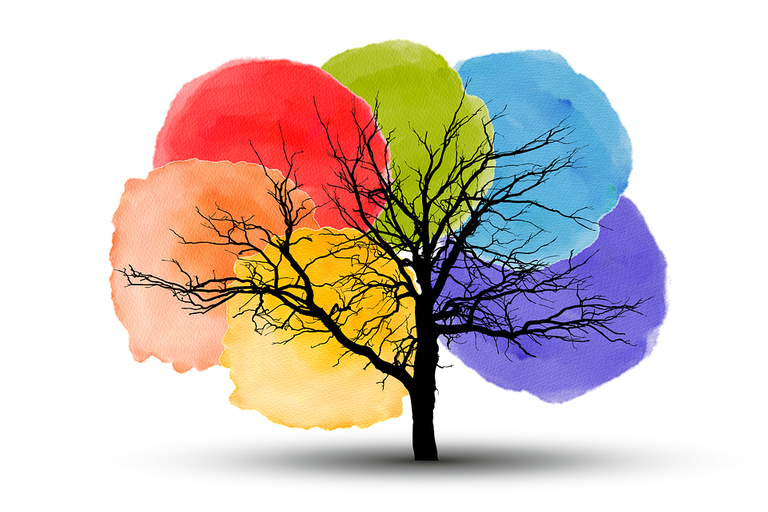**Title: "The Evolution of Narrative in Video Games:

The Secret Lives of Urban Wildlife
Urban environments are often bustling with activity, but beneath the surface of city life lies a hidden world teeming with wildlife. From raccoons rummaging through trash cans to hawks soaring above skyscrapers, urban wildlife has adapted in fascinating ways to thrive in our concrete jungles. In this post, we'll explore the secret lives of these resilient creatures and how they navigate the challenges of urban living.
The Adaptation of Urban Wildlife
Urban wildlife has shown remarkable adaptability. Many species have learned to utilize human structures and resources to their advantage. For example:
Raccoons: Known for their dexterous paws, raccoons have become adept at opening trash cans and finding food in urban settings. Their intelligence allows them to solve problems and navigate complex environments.
Pigeons: These birds have not only adapted to city life but have also flourished. Pigeons find ample food sources in parks and streets and have developed unique nesting habits, often using ledges and building crevices.
Coyotes: Once confined to rural areas, coyotes have made their way into cities, where they hunt small mammals and scavenge for food. Their presence often indicates a healthy urban ecosystem.
The Role of Urban Wildlife in Ecosystems
Urban wildlife plays a crucial role in maintaining the ecological balance within cities. They contribute to pest control, pollination, and seed dispersal. For instance:
Bats: These nocturnal creatures help control insect populations, including mosquitoes. A single bat can consume thousands of insects in one night, making them invaluable for urban pest management.
Bees: Urban gardens and green spaces provide essential habitats for bees, which are critical pollinators for many plants. Supporting bee populations in cities can enhance biodiversity and improve food production.
Birds: Birds are not only beautiful to watch but also help with seed dispersal and pest control. They contribute to the overall health of urban ecosystems by maintaining plant diversity.
Challenges Faced by Urban Wildlife
Despite their adaptability, urban wildlife faces numerous challenges, including:
Habitat Loss: As cities expand, natural habitats are often destroyed, making it difficult for wildlife to find food and shelter.
Pollution: Urban areas are often rife with pollution, which can harm wildlife. Contaminated water sources and toxic substances can have detrimental effects on animal health.
Human-Wildlife Conflict: As wildlife encroaches on urban areas, conflicts can arise. Animals may be seen as pests, leading to harmful measures taken against them.
How We Can Help Urban Wildlife
We can all play a part in supporting urban wildlife. Here are some simple actions you can take:
Create Wildlife-Friendly Spaces: Plant native plants in your garden, which provide food and shelter for local wildlife. Consider adding birdhouses, bee hotels, and water sources.
Reduce Pollution: Be mindful of your waste and use eco-friendly products to minimize pollution in your environment.
Educate Others: Share your knowledge about urban wildlife with friends and family. Raising awareness can help foster a greater appreciation for these creatures and their role in our cities.
Conclusion
Urban wildlife is a testament to nature's resilience and adaptability. By understanding and supporting these creatures, we can create a more harmonious coexistence in our cities. Next time you spot a raccoon or hear the call of a hawk, take a moment to appreciate the secret lives of urban wildlife that enrich our urban landscapes. Together, we can ensure that these fascinating animals continue to thrive alongside us.

All images are taken from the Pixabay.com